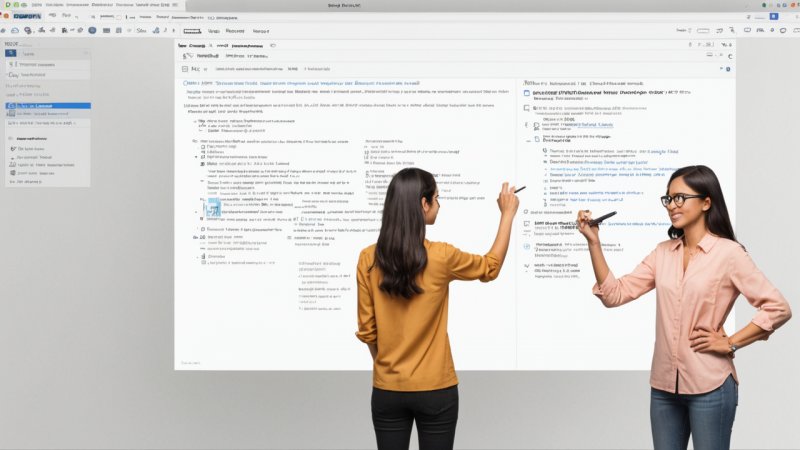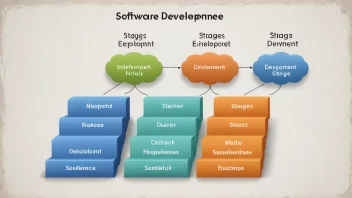What are Contributor Guidelines?
Contributor guidelines are a set of instructions and best practices that outline how individuals can contribute to an open source project. They serve as a roadmap for new contributors, helping them understand the expectations and processes involved in contributing code, documentation, or other resources.
Why are Contributor Guidelines Important?
Having clear contributor guidelines is essential for several reasons:
- Encourages Participation: Well-defined guidelines make it easier for newcomers to contribute, thereby increasing participation.
- Maintains Quality: Guidelines help ensure that contributions meet the project's standards, preserving code quality.
- Saves Time: Clear instructions reduce the back-and-forth between maintainers and contributors, speeding up the review process.
What Should Be Included in Contributor Guidelines?
Effective contributor guidelines typically include the following elements:
- Project Overview: A brief description of the project and its goals.
- How to Contribute: Detailed steps on how to submit contributions, including forking the repository, making changes, and submitting pull requests.
- Code of Conduct: A statement outlining acceptable behavior and the expectations for community interaction.
- Technical Requirements: Information about the programming languages, frameworks, and tools to be used.
- Testing and Review Process: Details on how contributions will be tested and reviewed.
How Can I Create Contributor Guidelines for My Project?
To create effective contributor guidelines, follow these steps:
- Assess Your Project: Understand your project's unique needs and the level of experience of potential contributors.
- Gather Input: Consult with existing contributors to gather insights on what information would be helpful.
- Draft the Guidelines: Write clear and concise guidelines, and be sure to use language that is easy to understand.
- Review and Revise: Share the draft with the community for feedback and make necessary revisions.
- Maintain the Guidelines: Regularly update the guidelines to reflect changes in the project or community feedback.
What Are Some Examples of Good Contributor Guidelines?
Many successful open source projects have well-crafted contributor guidelines. Here are a few notable examples:
- TensorFlow: The TensorFlow project provides comprehensive guidelines that cover contribution processes, coding standards, and testing requirements.
- React: React’s guidelines are straightforward and include a detailed section on how to report issues and submit pull requests.
- Apache Software Foundation: The Apache guidelines emphasize the importance of a Code of Conduct and include a detailed process for code submissions.
How Do Contributor Guidelines Affect Project Diversity?
Effective contributor guidelines can significantly impact the diversity of an open source project. By making contributions accessible and welcoming, projects can attract a wider range of contributors, including those from underrepresented groups. When guidelines promote inclusivity and support a positive community culture, they create an environment where diverse perspectives can thrive.
How to Promote Contributor Guidelines?
Once your guidelines are established, it's crucial to promote them:
- Visibility: Place the guidelines prominently in your project repository, ideally in the README file.
- Social Media: Use social media and community forums to share your guidelines and actively encourage contributions.
- Onboarding Sessions: Conduct onboarding sessions for new contributors to walk them through the guidelines.
Final Thoughts
Creating effective contributor guidelines is vital for the success of open source projects. By providing clear instructions and fostering an inclusive environment, you can encourage more individuals to participate and contribute. Regularly revising these guidelines based on community feedback will help ensure that they remain relevant and helpful.






